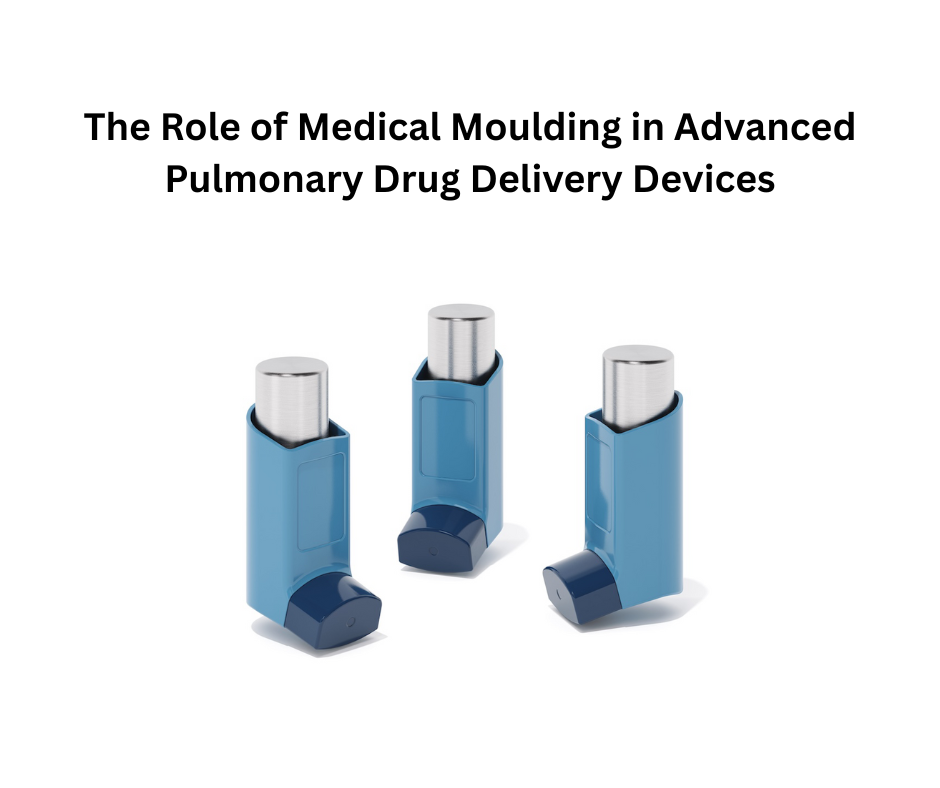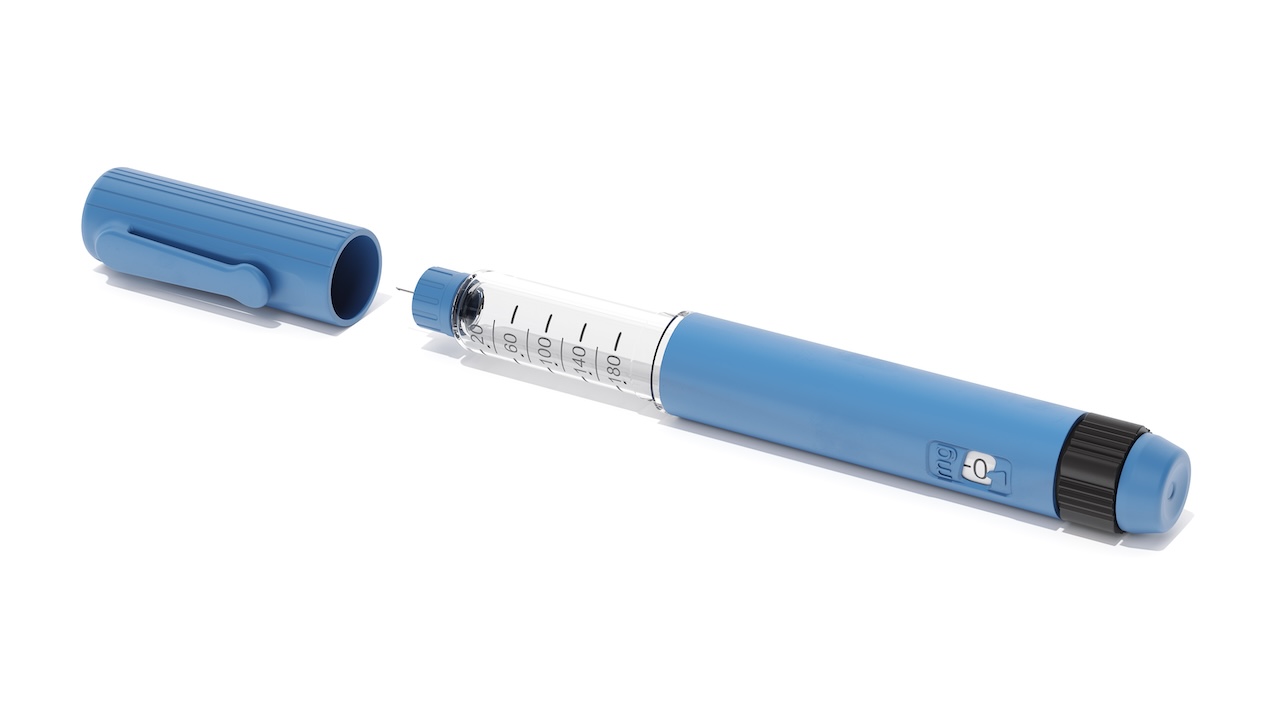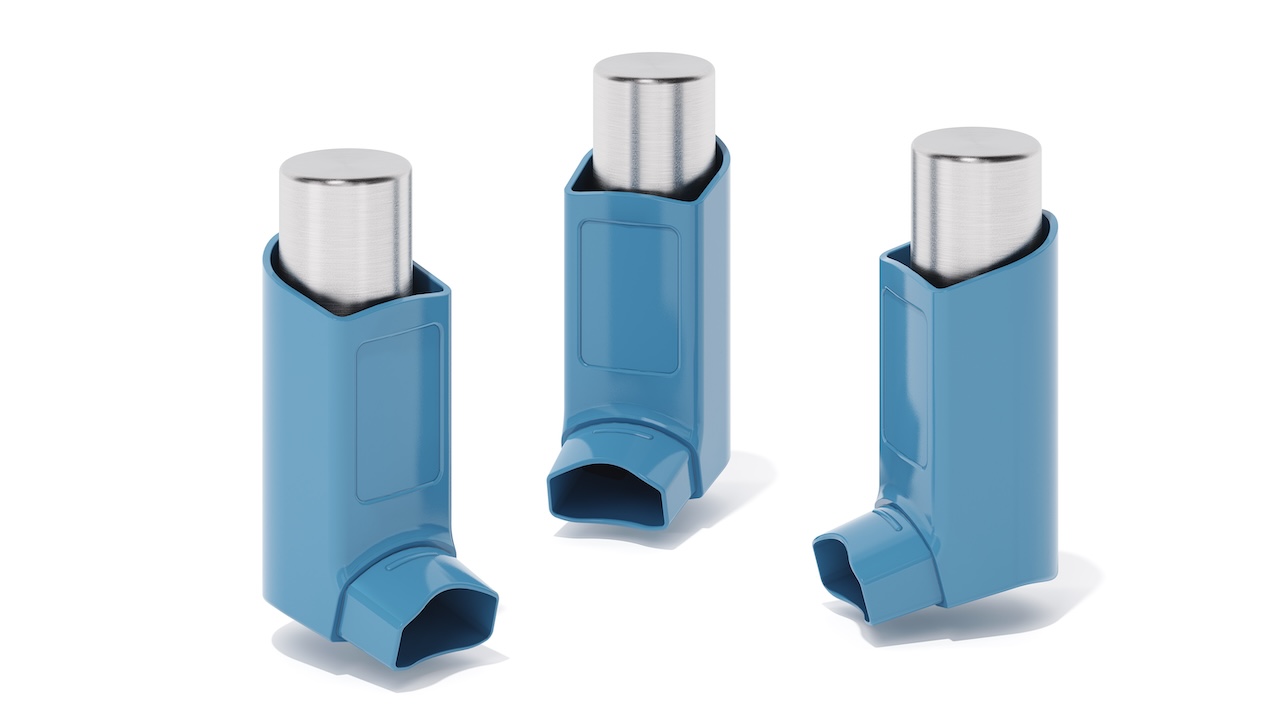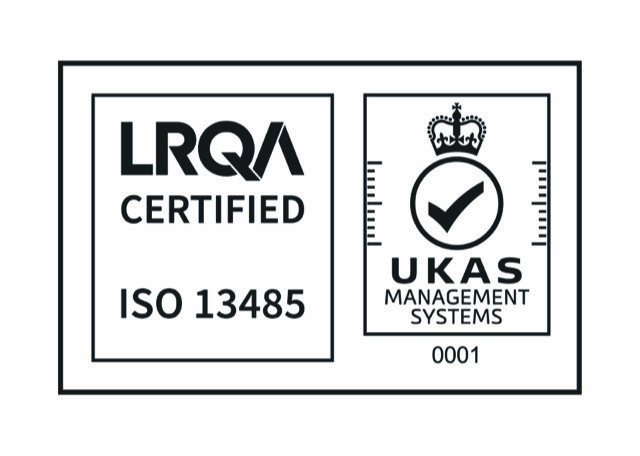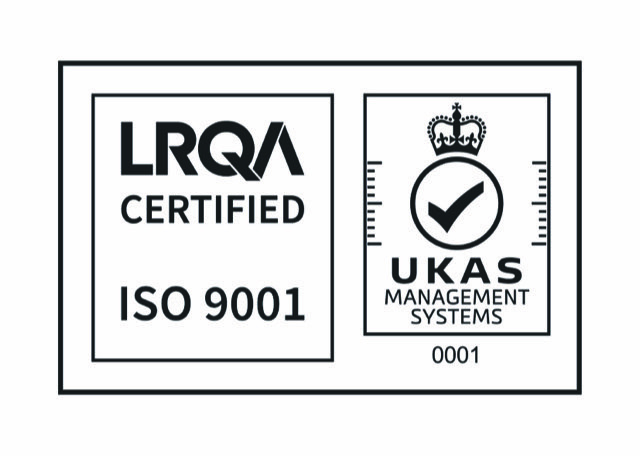The Microfluidic device industry: Growth outlook 2025 – 2050
Microfluidics involves the manipulation of fluids in channels with dimensions at the micrometre scale. These devices are increasingly used in diagnostics, drug discovery, point-of-care testing, wearable health monitoring, organ-on-chip systems, and industrial applications. By reducing reagent consumption, enabling rapid analysis, and allowing device portability, microfluidics is expected to expand significantly in the coming decades.

Market size and growth (2025 – 2035)
According to Grand View Research, the global microfluidics market (all segments) is projected to grow at a CAGR of ~11.99 % from 2025 to 2030, reaching USD 73.85 billion by 2030 (from ~USD 41.92 billion in 2025) (Grand View Research, 2025)
Precedence Research estimates USD 30.66 billion in 2025, rising to USD 110.40 billion by 2034 (CAGR ~15.30 %) (Precedence Research, 2025)
Mordor Intelligence gives a more conservative “2025 → 2030” forecast: USD 24.15 billion in 2025, growing to USD 41.23 billion in 2030 (CAGR ~11.29 %) (Mordor Intelligence, 2025)
For Europe specifically, the market is estimated at USD 10.64 billion in 2024 and forecast to grow at ~11.5 % CAGR through 2030 (Grand View Research, Europe) (Grand View Research, 2025)
In the UK, the microfluidics market was valued (est.) ~USD 1,054.2 million in 2024 and projected to grow at ~11.16 % CAGR to reach USD 3,374.5 million by 2035 (Spherical Insights, 2025).

Key growth drivers (2025–2035)
- Point-of-Care Diagnostics and In-Vitro Diagnostics (IVD)
Growing demand for decentralized testing in infectious disease, oncology, and chronic illness is fuelling microfluidics adoption (Mordor Intelligence, 2025). - Technological advancements
Advances in materials (polymers, glass, silicon), high-throughput fabrication, and integration with sensors and AI are enabling new device formats such as lab-on-chip and digital microfluidics (PharmiWeb, 2025). - Regulatory and R&D Investment
Governments and healthcare systems are investing in microfluidic research and streamlining device approval processes, driving innovation (GlobeNewswire, 2025a). - Non-medical applications
Beyond healthcare, microfluidics is being adopted in environmental monitoring, food safety, industrial processing, and electronic cooling (GlobeNewswire, 2025b).
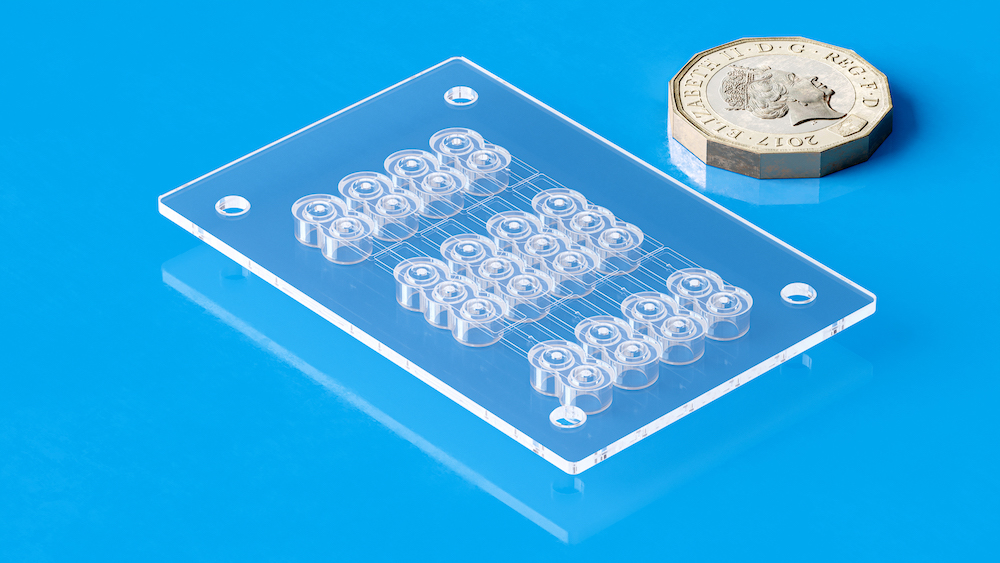
Constraints and challenges
- Manufacturing costs: Large-scale, reproducible production remains expensive and technically challenging (Verified Market Research, 2025a).
- Regulatory burden: Lengthy medical device approval timelines slow adoption; post-Brexit regulatory divergence in the UK adds further complexity (Verified Market Research, 2025b).
- Standardization: Lack of universal standards hinders interoperability across platforms (Emergen Research, 2025).
- Material limitations: Issues with chemical resistance, swelling, and biocompatibility persist for some polymers (Grand View Research, 2024).
- Workforce and expertise: The multidisciplinary nature of microfluidics demands specialist knowledge across engineering, biology, and chemistry (Verified Market Research, 2025a).
Long-term trends (2035–2050)
Looking beyond 2035, several transformative developments are expected:
- Integration with electronics: Microfluidic cooling could be widely adopted in high-performance computing and AI hardware.
- Organ-on-Chip and Tissue Engineering: Likely to become routine in pharmaceutical development, reducing reliance on animal testing.
- Wearable and Implantable Devices: Continuous biomarker monitoring via microfluidic sensors is expected to become mainstream.
- AI-Driven design: Digital twins and machine learning will increasingly optimise device design and simulation.
- Sustainable materials: Environmental regulations will encourage biodegradable or recyclable device components.
If CAGR slows to 7–10% after 2035, the global market could still reach USD 250–400+ billion by 2050, with strong uptake in Asia-Pacific and steady growth in Europe and the UK (Research Nester, 2025; GlobeNewswire, 2025a).
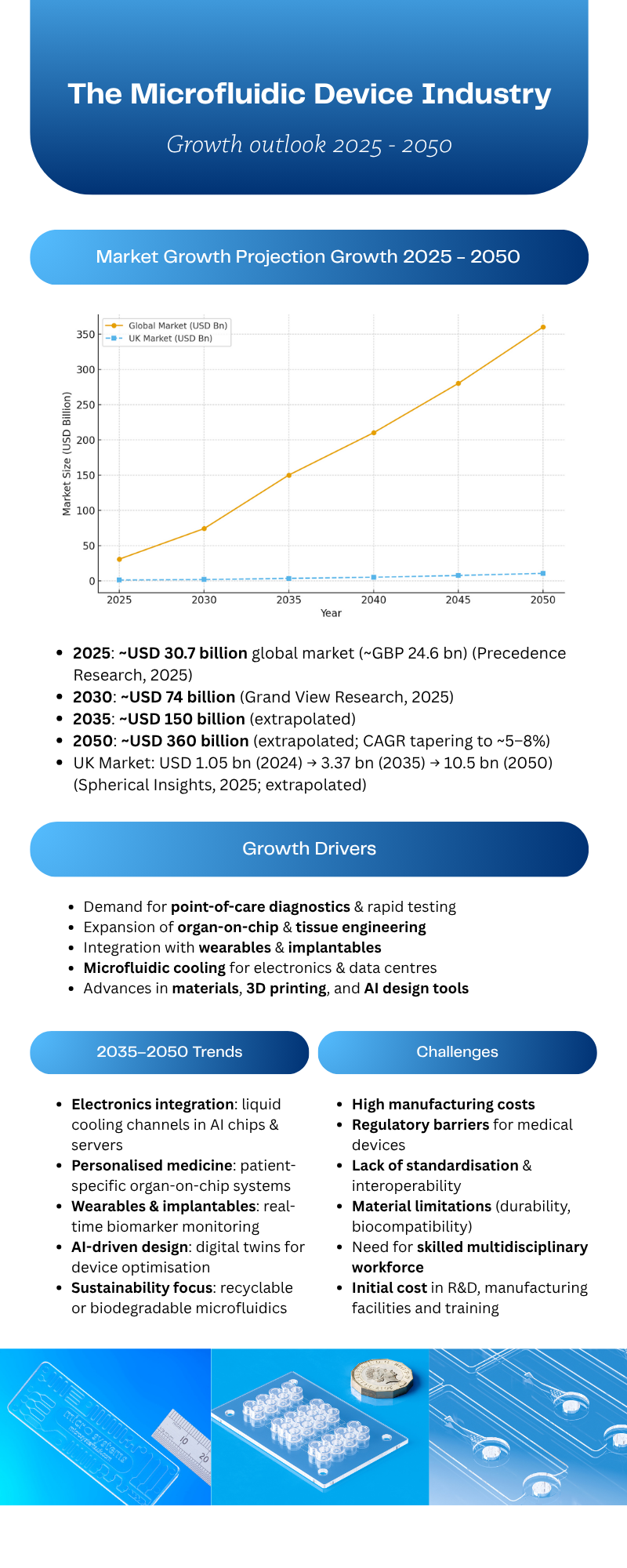
Risks
- Breakthrough materials: New low-cost, durable materials could accelerate adoption.
- Regulatory shifts: Stricter rules could slow growth, while harmonized frameworks may speed it.
- Alternative technologies: Competing diagnostic or synthetic biology platforms may erode some markets.
- Economic and geopolitical factors: Supply chain issues or reduced funding may slow adoption.
Between 2025 and 2035, the microfluidic device industry is set to grow from tens of billions of USD to over USD 110 billion, driven by healthcare, diagnostics, and industrial applications. From 2035 to 2050, advances in electronics integration, organ-on-chip, and sustainability are expected to push the market to USD 250 – 400 billion, provided key challenges are addressed.
Microfluidics is poised to become central to healthcare, biotechnology, and high-performance computing by 2050, with the UK maintaining a role in regulated, high-value applications.
References
- Emergen Research (2025). Microfluidics Market Trends.
- GlobeNewswire (2025a). Microfluidics Industry Outlook and Competition Analysis 2025–2030.
- GlobeNewswire (2025b). Microfluidics Cooling Market Forecast 2025–2040.
- Grand View Research (2024). Continuous-Flow Microfluidics Market Report.
- Grand View Research (2025). Microfluidics Market: UK Outlook.
- Mordor Intelligence (2025). Microfluidics Market Report.
- PharmiWeb (2025). Microfluidics Market Analysis 2024–2035.
- Precedence Research (2025). Microfluidics Market Size & Growth.
- Research Nester (2025). Global Microfluidics Market Report 2024–2035.
- Verified Market Research (2025a). Microfluidics Market: United Kingdom.
Verified Market Research (2025b). Global Microfluidics Market Challenges.

